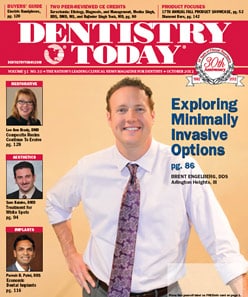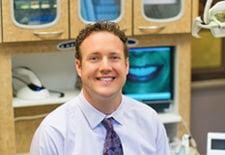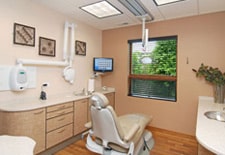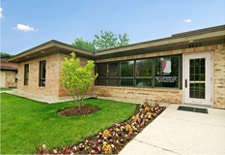 You certainly aren’t hoping for a cavity when you visit the dentist, but for a lot of reasons, they can happen. There are different depths, levels, and types of cavities which mean that treatments might differ. If you fail to avoid tooth decay, you can at least talk to your dentist about the various options for treatment. The less invasive, the better. Fillings are the most commonly known way of restoring a decayed tooth, but there are other options such as inlays and onlays. Would you like to learn more about the differences and similarities of cavity treatments and restorations? Try answering the following questions on the topic.
You certainly aren’t hoping for a cavity when you visit the dentist, but for a lot of reasons, they can happen. There are different depths, levels, and types of cavities which mean that treatments might differ. If you fail to avoid tooth decay, you can at least talk to your dentist about the various options for treatment. The less invasive, the better. Fillings are the most commonly known way of restoring a decayed tooth, but there are other options such as inlays and onlays. Would you like to learn more about the differences and similarities of cavity treatments and restorations? Try answering the following questions on the topic.
Questions
Q1. True or false: No one is immune to cavities.
Q2. True or false: Inlays are for the smallest of cavities.
Q3. True or false: Onlays are made to extend out and over the cusps of teeth to fill in the hole from a cavity.
Answers
A1. FALSE – Quite a few of your fellow Americans already have at least one filling in their mouths. Are you a part of that club? Streptococcus mutans are bacteria that live inside our mouths, and only 1% of the population is immune. S mutans metabolize sugar, converting it to lactic acid. Damaged tooth enamel allows cavities to begin rotting your teeth. The usual course of action for tooth decay caught early enough is a filling made from amalgam, or more likely, tooth-colored composite resin.
A2. FALSE – Inlays are recommended when tooth decay is present, but a bit more reinforcement is needed than a filling can provide. The damaged part of an injured or decaying tooth is fitted with prefabricated material. The inlay is bonded to the cusp tips of your tooth. As with fillings, tooth-colored material can be utilized for an inlay so that you can hardly tell it is there.
A3. TRUE – Onlays are very similar to inlays. The difference is that the composite resin material is made to extend out, or over, one or more of the tooth’s cusps. This provides even better reinforcement than an inlay, but not quite as much as a crown.
ABOUT YOUR LIBERTYVILLE DENTIST:
Dr. Brent Engelberg and his highly-skilled team proudly serve patients and their families from Arlington Heights, IL, and all surrounding communities, including; Northbrook, Deerfield, Highland Park, Wilmette, Winnetka, Glencoe, Vernon Hills, Lincolnshire, Libertyville, Skokie, Evanston, Palatine, Schaumburg, Elk Grove Village, Rolling Meadows, and the Northern and Northwest Chicago Suburbs. To learn more, schedule a consultation online, or call our office today at 847-259-8030.












Leave a Reply